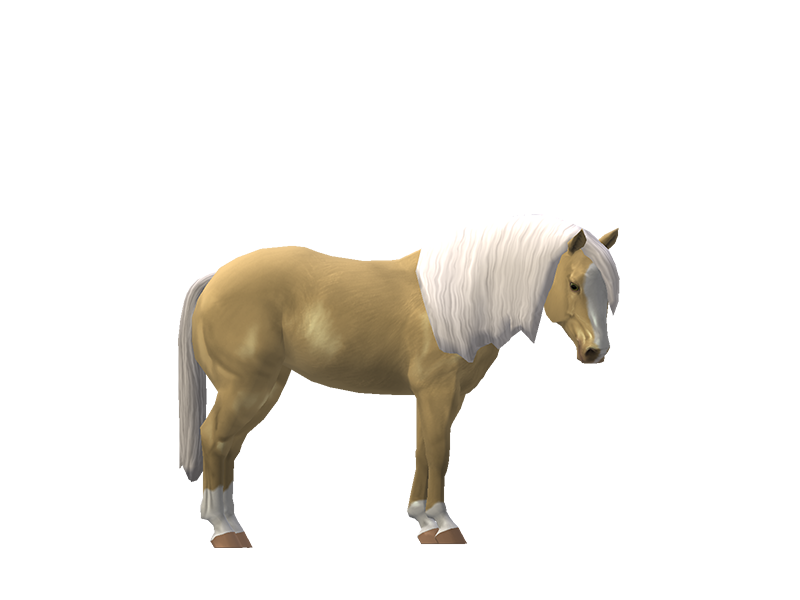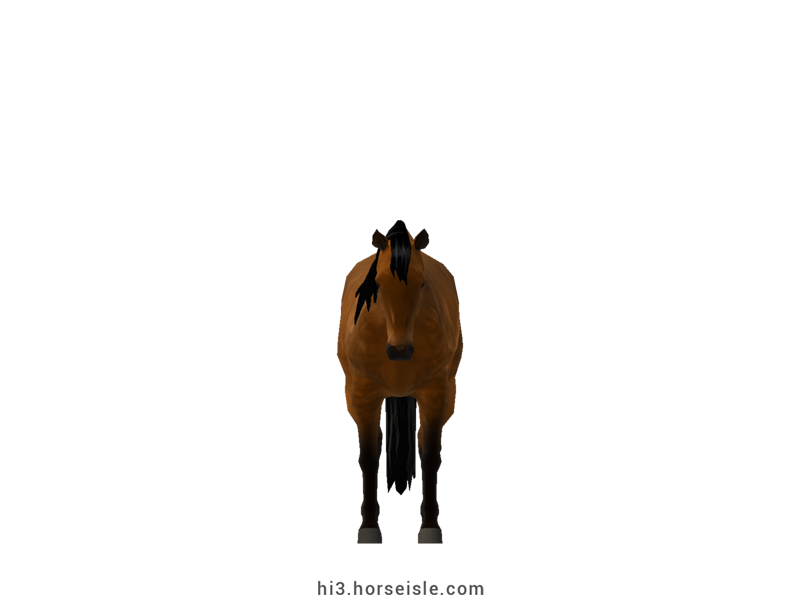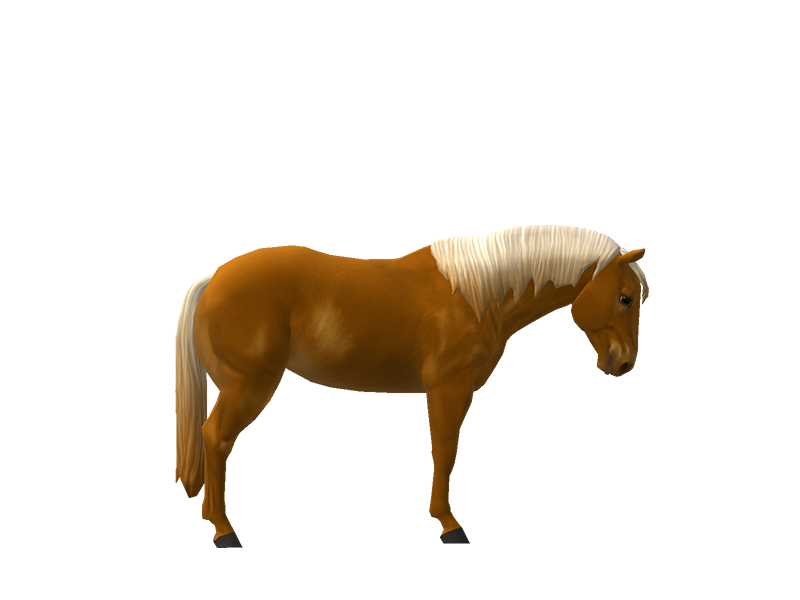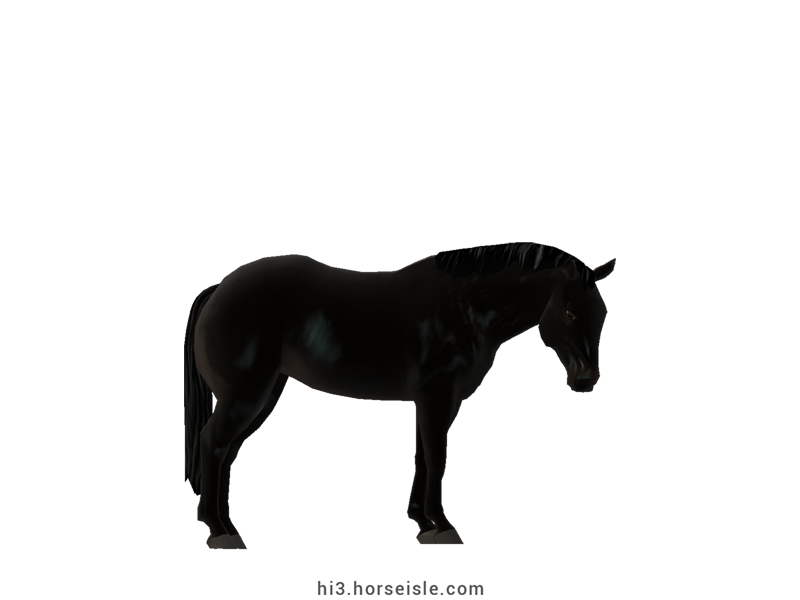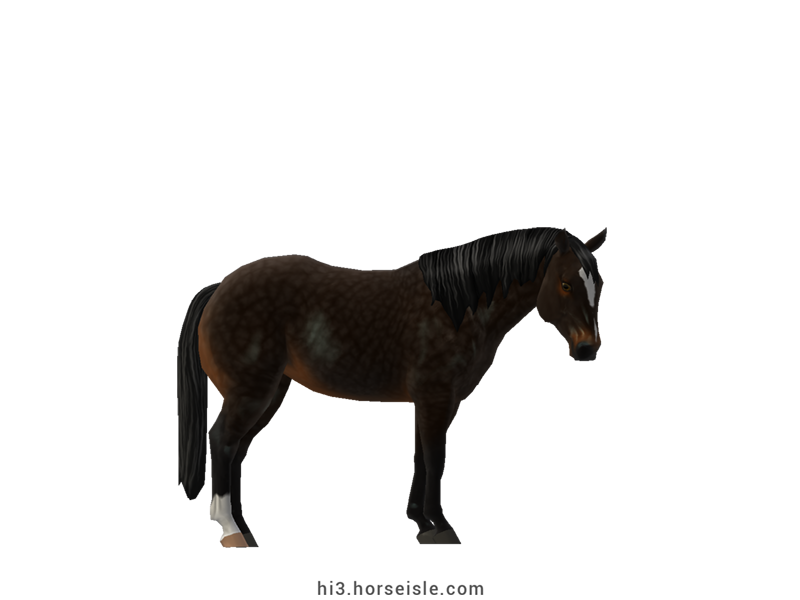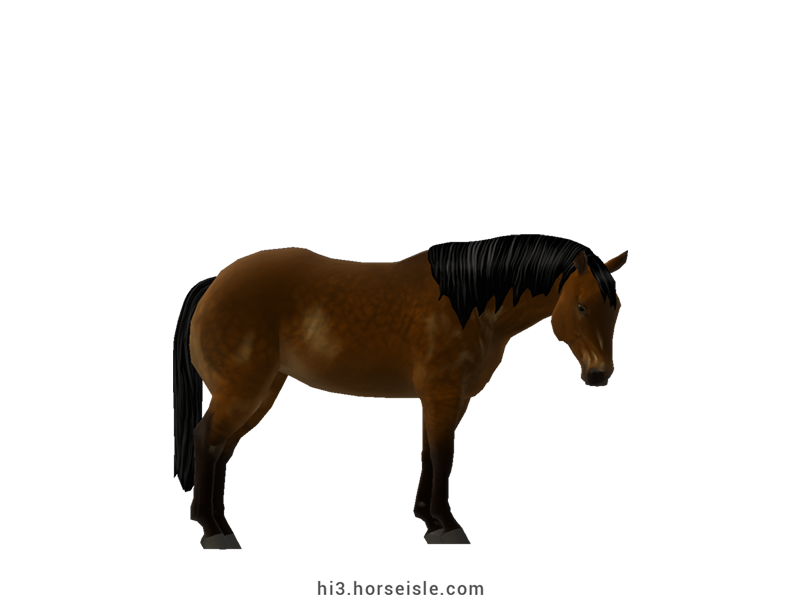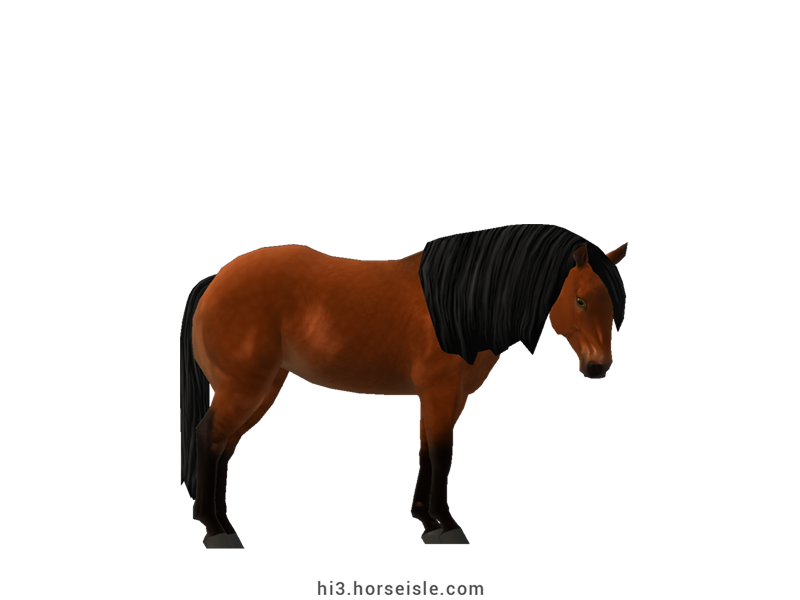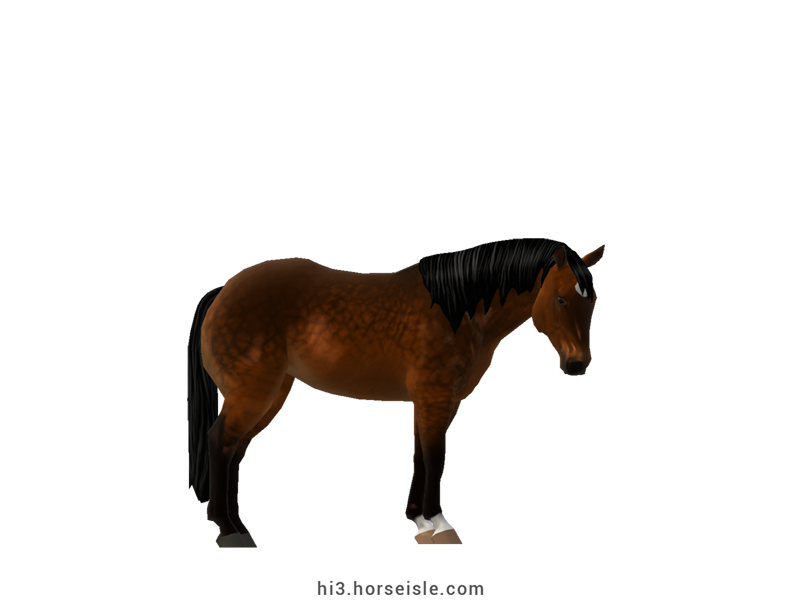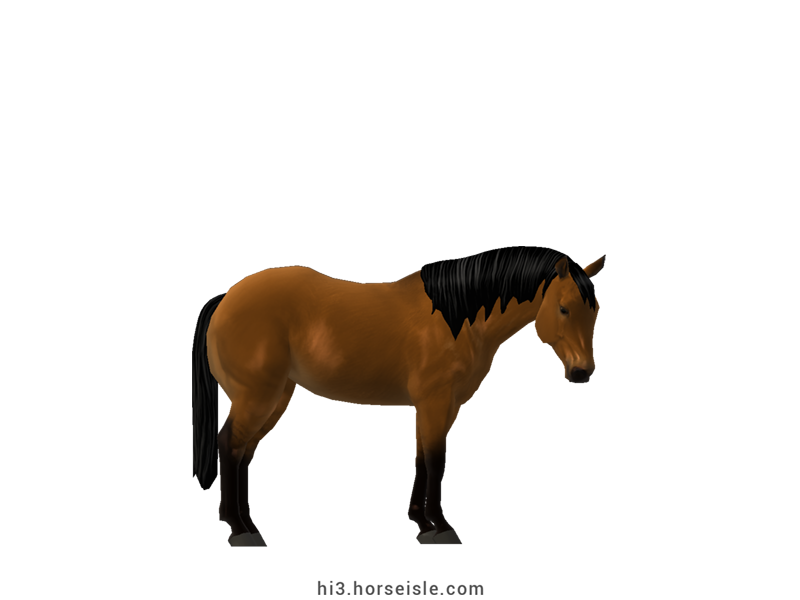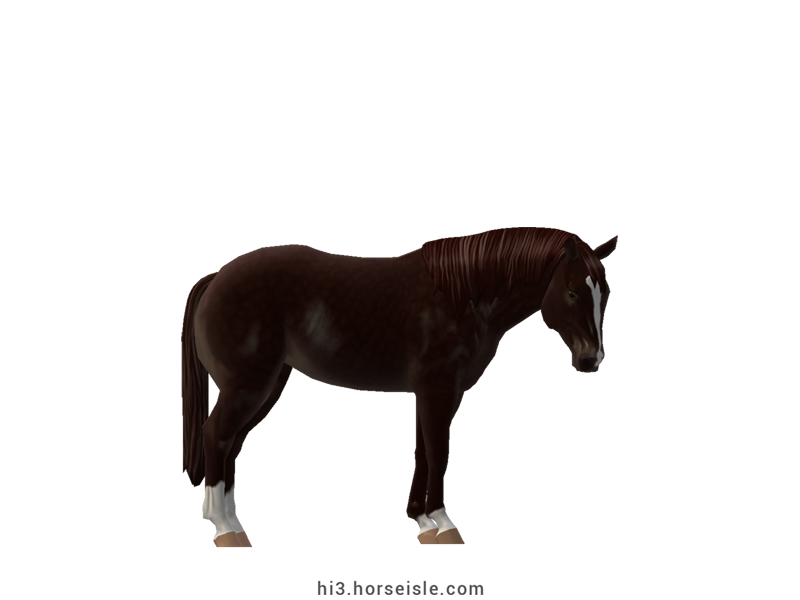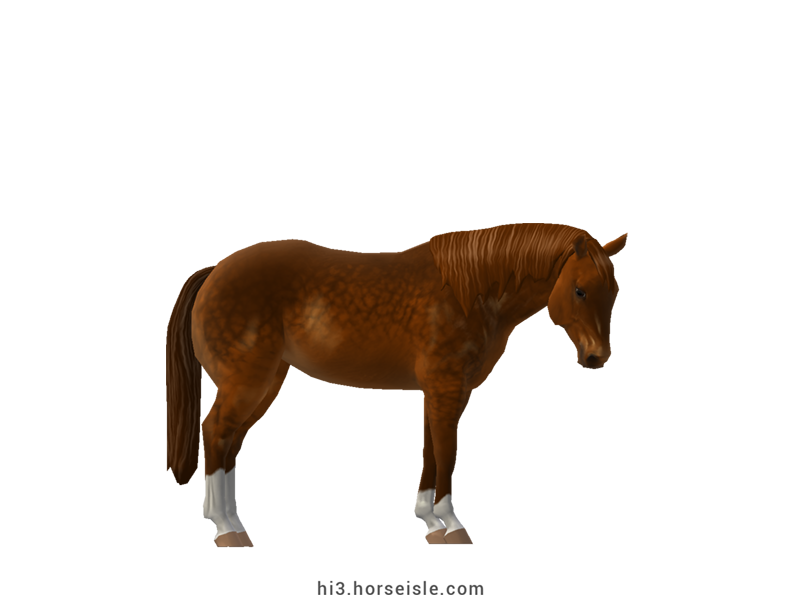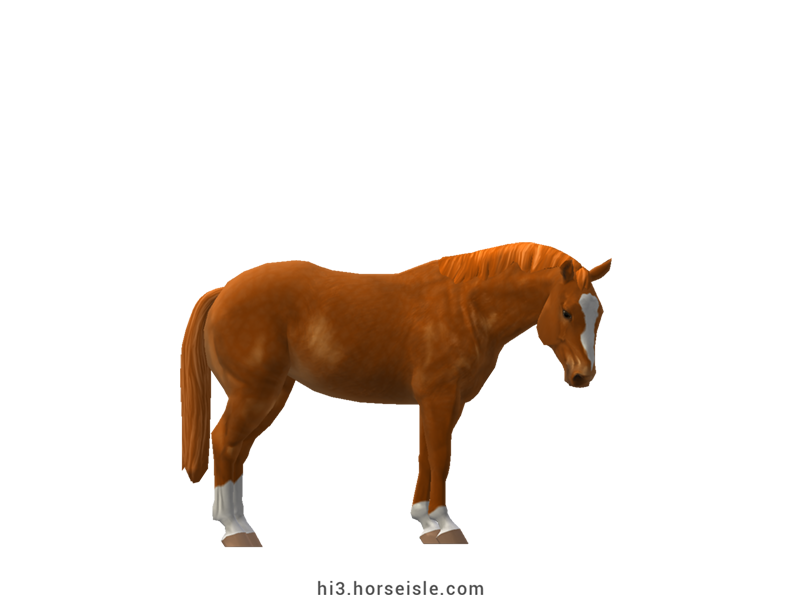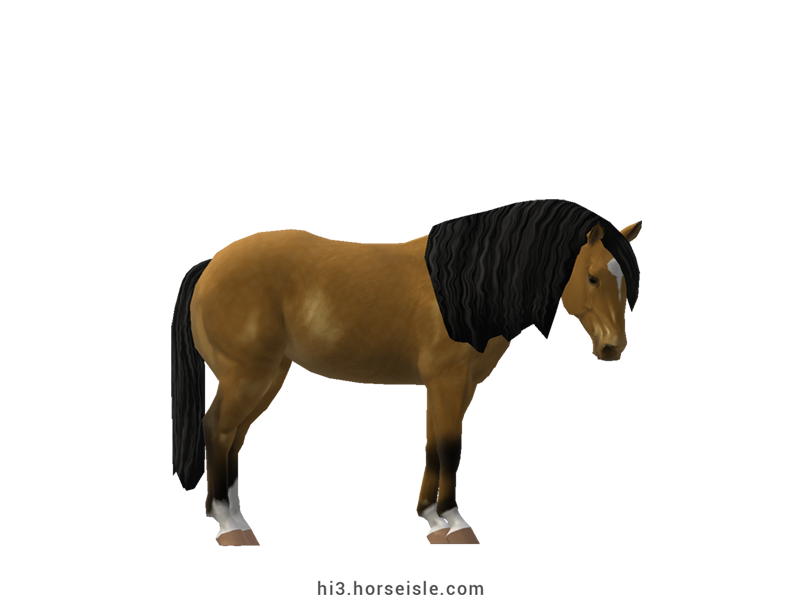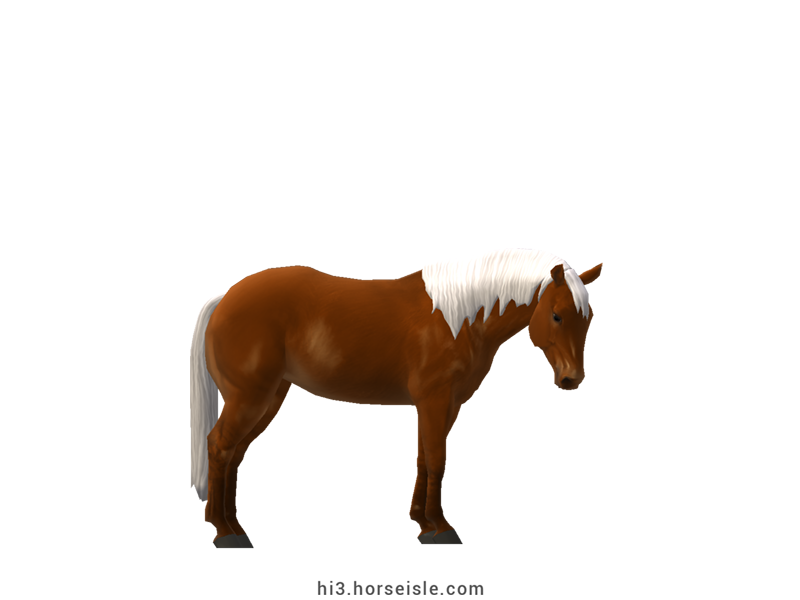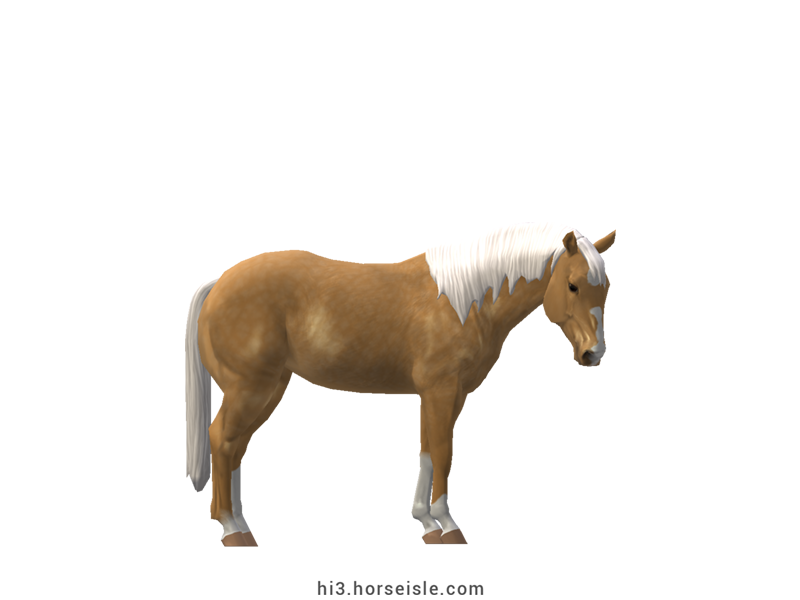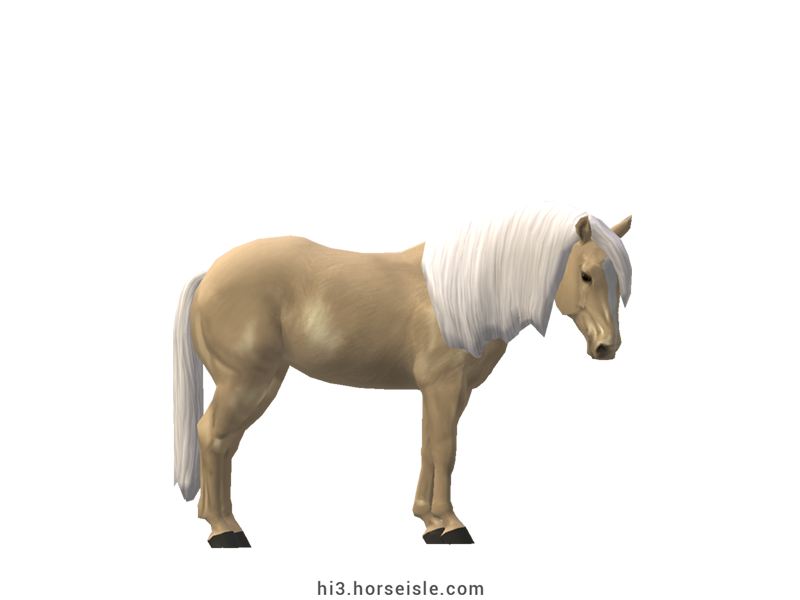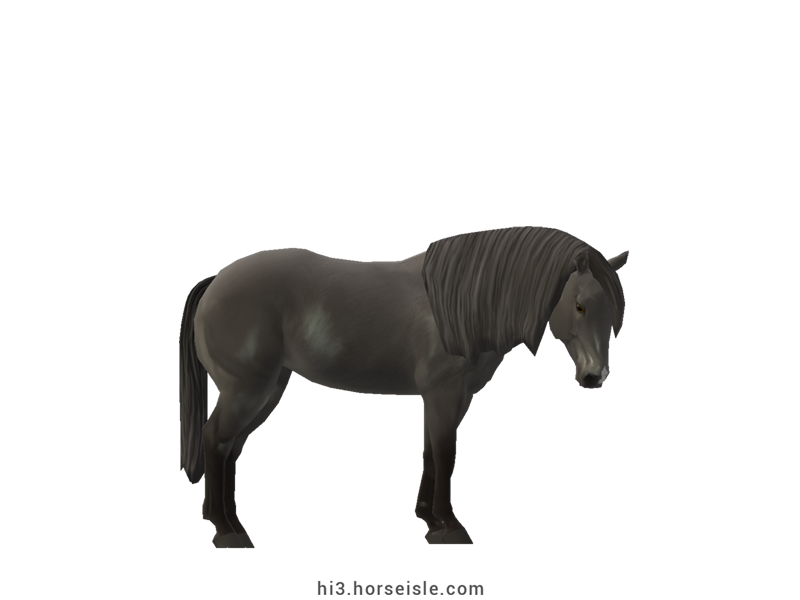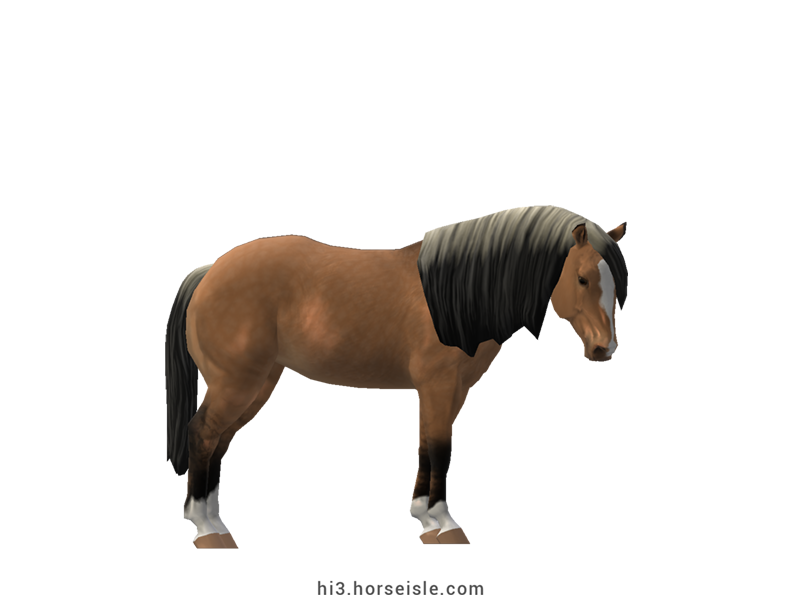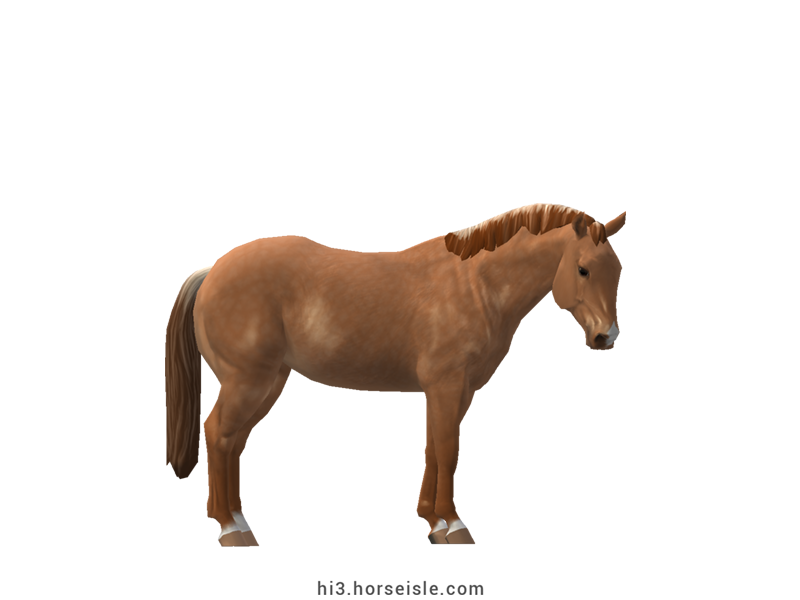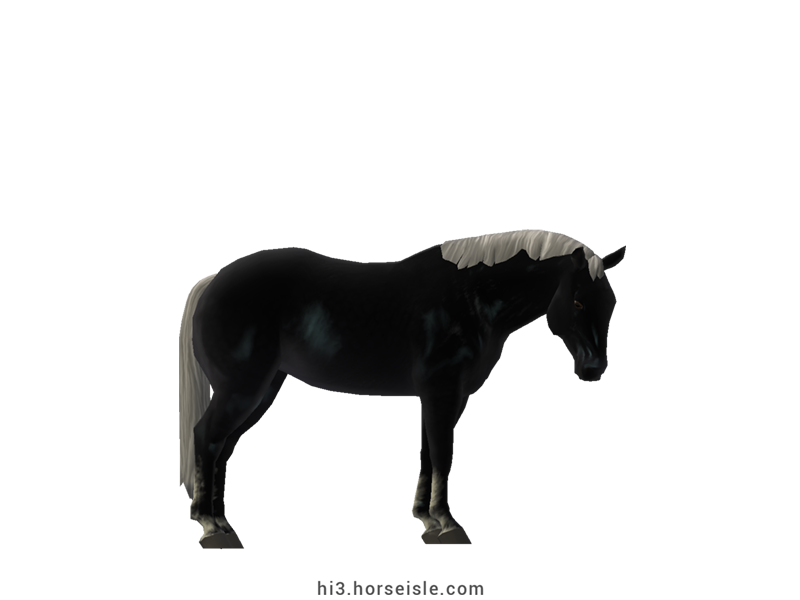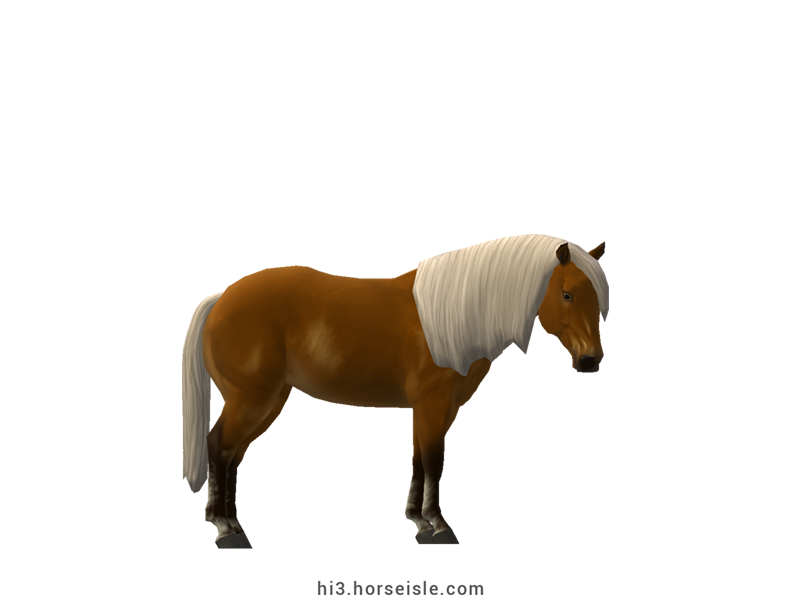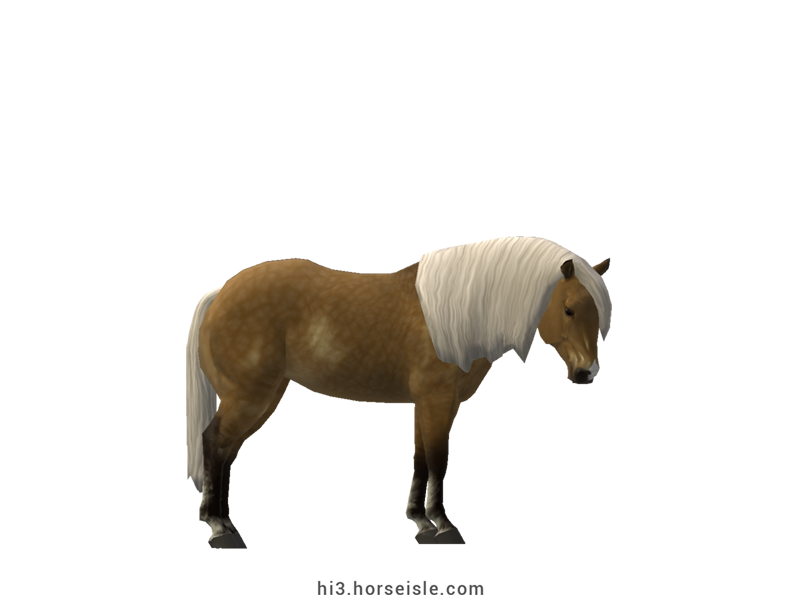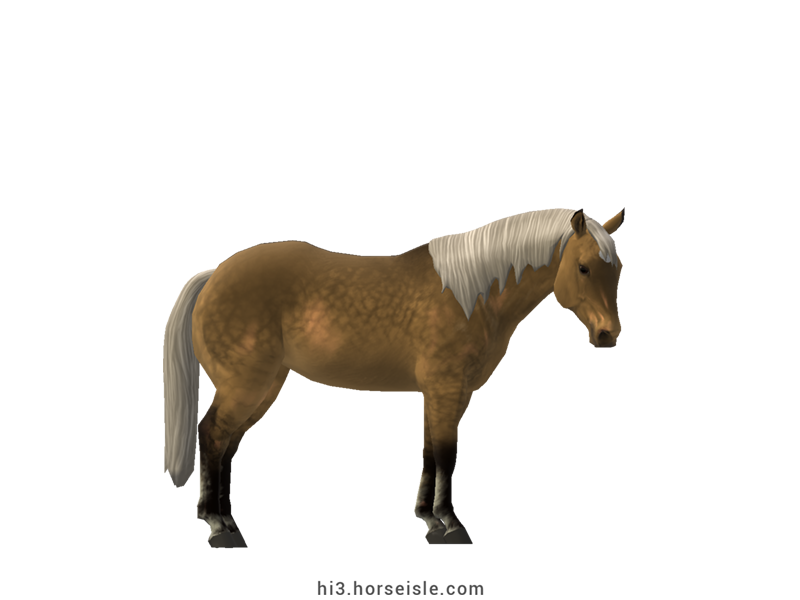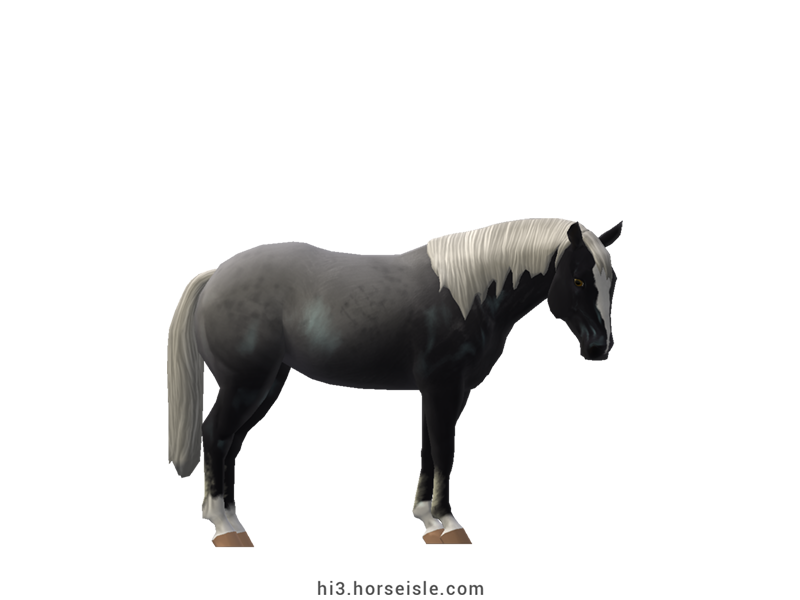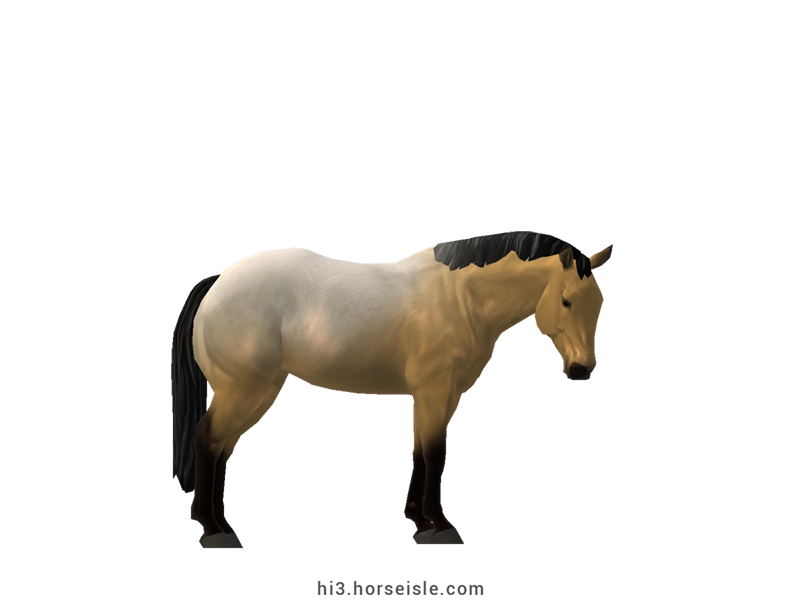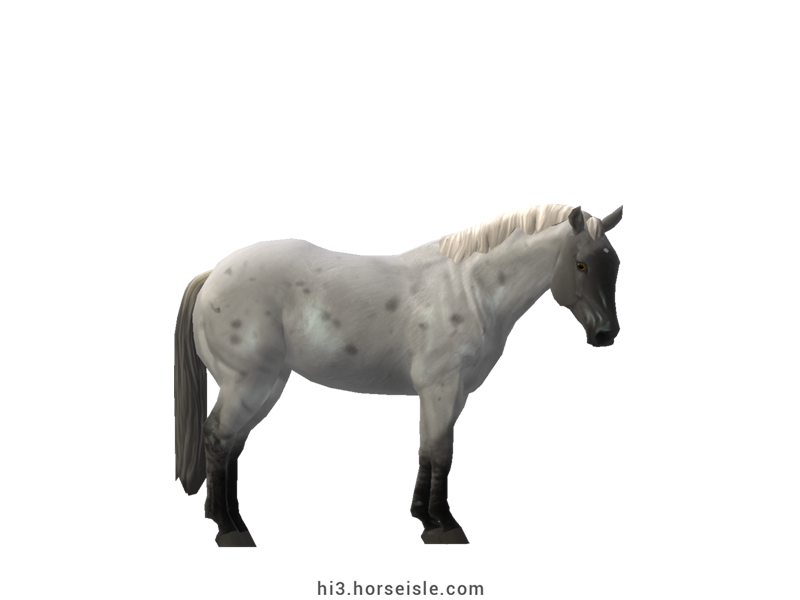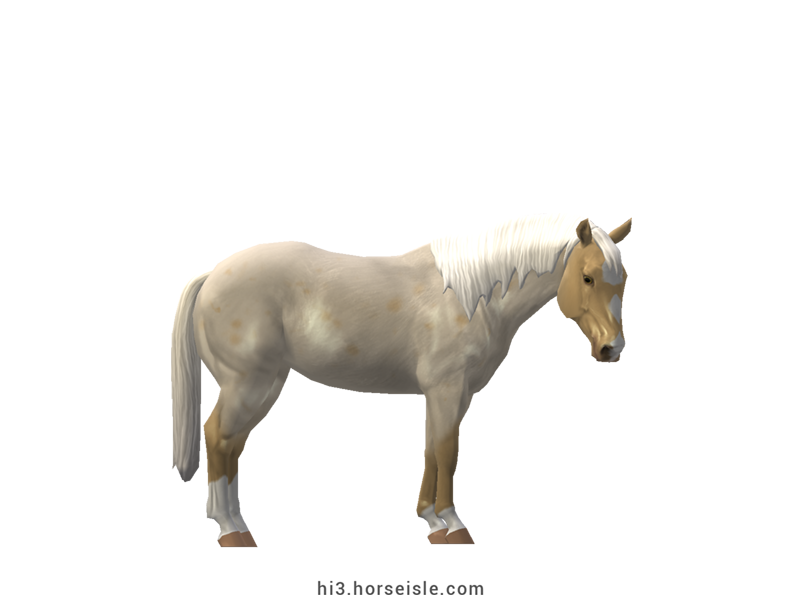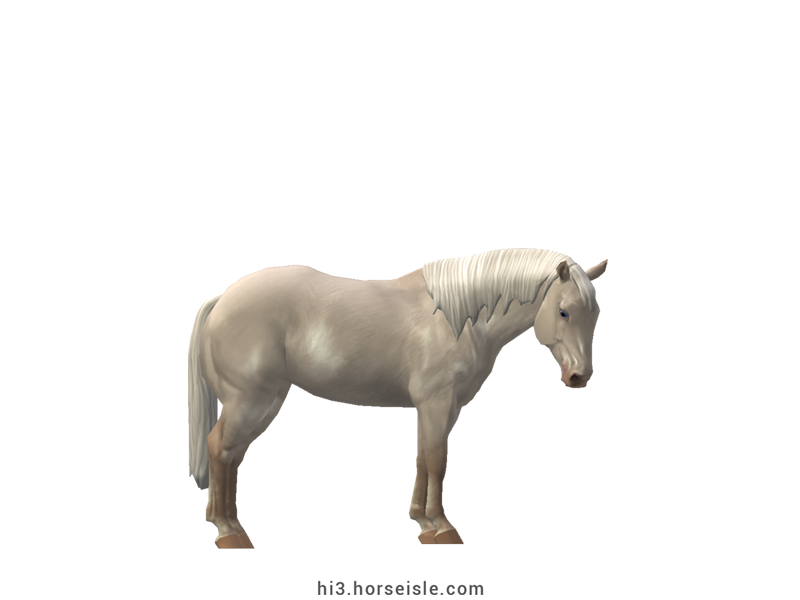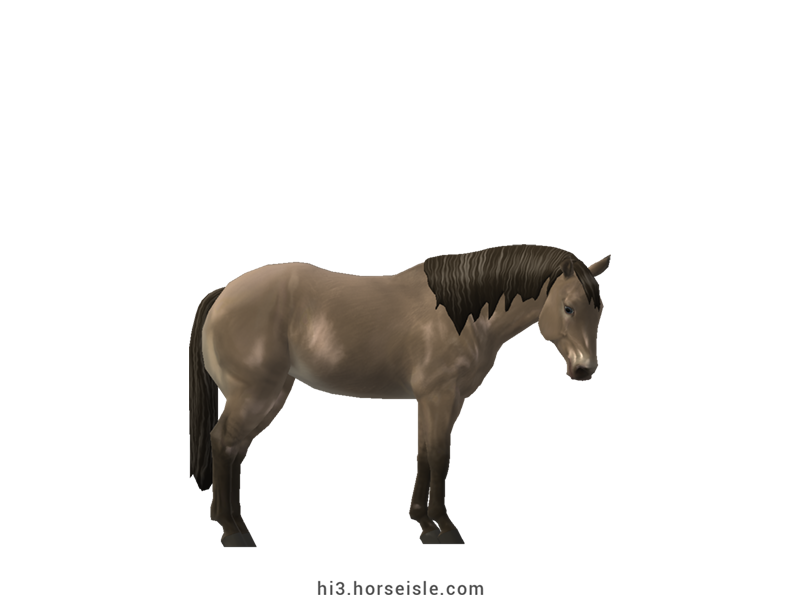Our Massive Real World Equine Reference!
[ INDEX ] Equine Type: Horse Breed: American Quarter Horse (AQH) [ PREV ] [ NEXT ]
From colonial horses to the legendary Quarter Horse:
The Quarter Horse was created in the 17th century, by English settlers who colonized the East Coast of the land that will later become the USA. The settlers crossed the English horses that they had brought with them from England with the local Iberian horses, which include most notably the Chickasaw and Spanish-Barb breeds.
In the 18th century, Colonial mares were crossed with an imported English Thoroughbred stallion called Janus. The result was a muscular and versatile horse, that can accelerate and sprint faster than all other horse breeds for a distance of a quarter-mile. It became known as "Short Horse" and "Quarter Running Horse", or "Quarter Horse" for short.
The rising of the Steeldusts:
In addition to serving as racehorses, Quarter Horses also performed everyday tasks, such as light farm work, pulling wagons, and serving as mounts. Because of this, the colonials took their Quarter Horses with them on the Westward Expansion, which was the migration of settlers to the western part of North America in the 19th century.
Quarter Horses became known for their natural agility that allowed them to "turn on a dime", as well as for the cow-sense which they inherited from their Iberian ancestors. Due to their natural talent for working with cattle, Quarter Horses became the favorite breed among the American settlers, and among cowboys in particular, who nicknamed them "Bulldogs" and "Steeldusts", the latter after the famous Quarter Horse "Steel Dust", who was a top racer.
The AQHA vs. the FQH:
In 1940, the American Quarter Horse Association (AQHA) was established, and set a conformation standard and breeding regulations for Quarter Horses.
Originally, the AQHA allowed crossing Quarter Horses with Thoroughbreds, in order to improve the performance of Quarter Horses in racing. The consequent influx of Thoroughbred blood, and especially that of the Thoroughbred stallion Three Bars and its offspring, had a profound effect on the conformation of the Quarter Horse, making it lighter, taller, and leaner. In 1962, the AQHA changed its rules to allow Quarter Horses with one Thoroughbred parent to be registered and bred as Quarter Horses only if they fulfill a strict set of criteria.
It is important to note that many breeders refused to cross their purebred Quarter Horses with Thoroughbreds, and preferred to maintain the breed's original short and muscular conformation. Today, Quarter Horses who have less than 15% Thoroughbred blood are known as "Foundation Quarter Horses" (see 'Foundation Quarter Horse').
Subtypes and conformation:
During the 20th century, breeders began to breed their Quarter Horses to excel in specific disciplines rather than being "all-around" horses. Eventually, three subtypes of Quarter Horses were created: the 'Race' type, which excels in flat quarter-mile races; the 'Stock' type, which excels in working cattle as well as in Western disciplines; and the 'Halter' type, which is bred to have the best conformation for halter classes.
The three subtypes, all of which can be found in Horse Isle, differ in their conformation, but they all share similar characteristics: a relatively small head with "foxy" ears, a short back, a muscular body, a broad chest, and, most importantly, large hind muscles which are the key behind the astonishing sprinting ability of the Quarter Horse.
The Quarter Horse today:
Today, Quarter Horses are mostly seen in all Western disciplines, such as reining, cutting, and Western pleasure, to name a few. They are also popular in rodeo and gymkhana events, as well as in quarter-mile races (known as "Quarter races"). Quarter Horses are also seen in the English disciplines of show-jumping and dressage, though to a lesser extent.
They are known for being gentle horses who are bred to have a social and kind temperament, both toward cows and humans.
Performance metrics:
The following are the: range, average, (SD), and MOE of performance metrics of ordered American Quarter Horses in Horse Isle (not bred ones). In rare cases,
Speed: 16.1-17.7, 16.8 (0.4), 0.08.
Sprint: 72-90, 82 (4.0), 0.8.
Accel: 1.15-1.4, 1.27 (0.06), 0.01.
Decel: 1.1-1.27, 1.19 (0.04), 0.01.
Jump: 5.07-5.4, 5.21 (0.07), 0.01.
Pull: 2.74-3.63, 3.23 (0.18), 0.04.
Turning: 67.94-84.14, 75.25 (3.65), 0.72.
Reverse: 2.9-3.8, 3.4 (0.2), 0.03.
Stamina: 54.39-60.64, 57.70 (1.4), 0.28.
Reaction: 0.82-0.89, 0.86 (0.02), 0.00.
Coats & Height:
Colors: all colors except for dominant black.
Additionals: flaxen, linebacked, minimal-mealy, rabicano, roan, sooty, all rare patterns. The coat is always solid*.
* In real Quarter Horses, the coat is almost always solid, though Quarter Horses with undesirable sabino and overo patterns are born from time to time. In Horse Isle, however, Quarter Horses always have a solid coat, and never carry pinto genes.
Height: 14hh to 16.2hh**.
** Quarter Horses usually stand between 14hh and 16hh--the ideal for the breed--but some Quarter Horses are taller.
(For more information, see the 'Foundation Quarter Horse', 'American Quarter Halter Horse', 'American Quarter Race Horse', and 'American Quarter Stock Horse'. For information about the closely related Paint Horse see the 'American Paint Horse'. For information about the pony version of this breed see the 'American Quarter Pony'.)
[ INDEX ] [ PREV ] [ NEXT ]


